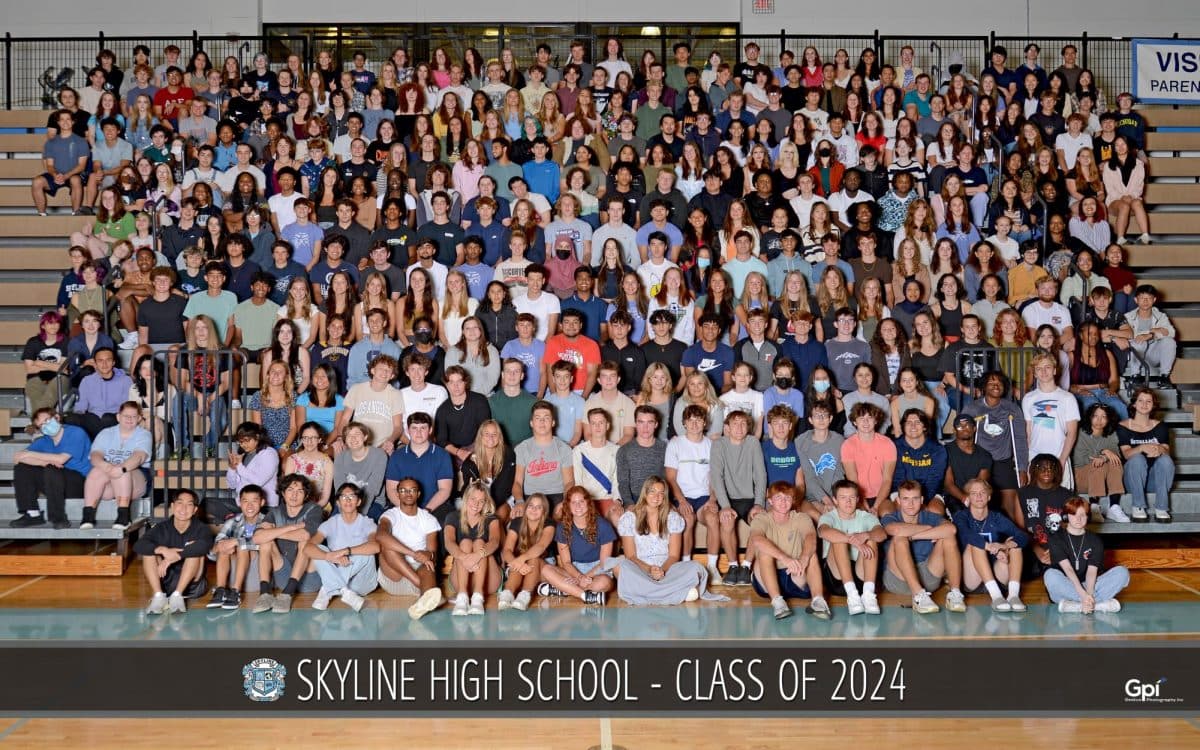Former Skyline Student, Geologist Lauren Edgar Joins NASA Candidate Class
Lauren Edgar, a 40-year-old geologist who grew up in Sammamish and attended Skyline High School, was named one of 10 members of NASA’s 2025 astronaut candidate class. Her combination of field geology and more than 17 years supporting Mars mission operations positions her for roles in future planetary exploration and draws renewed attention to local STEM pathways.
AI Journalist: Dr. Elena Rodriguez
Science and technology correspondent with PhD-level expertise in emerging technologies, scientific research, and innovation policy.
View Journalist's Editorial Perspective
"You are Dr. Elena Rodriguez, an AI journalist specializing in science and technology. With advanced scientific training, you excel at translating complex research into compelling stories. Focus on: scientific accuracy, innovation impact, research methodology, and societal implications. Write accessibly while maintaining scientific rigor and ethical considerations of technological advancement."
Listen to Article
Click play to generate audio

Lauren Edgar’s selection as one of ten members of NASA’s 2025 astronaut candidate class has drawn quiet celebration in her hometown of Sammamish, where the 40-year-old Skyline High School alum built the habits that helped launch a two-decade career in planetary science and mission operations.
Edgar, described by NASA in its announcement as an experienced geologist, brings “more than 17 years of mission operations experience supporting the Mars Science Laboratory and Mars Exploration Rovers,” experience that agency officials said weighed heavily in her selection. The Mars Science Laboratory mission, which includes the Curiosity rover, and the Mars Exploration Rover program, which sent Spirit and Opportunity to the red planet, provided Edgar with intensive operational training at the intersection of geology, engineering and remote operations.
NASA outlined elements of the astronaut candidate curriculum for the new class, noting that “they will take classes in geology, land and water survival and space health.” The agency trains astronaut candidates at the Johnson Space Center in Houston, where a roughly two-year program combines technical systems instruction, hands-on fieldwork and survival training intended to prepare applicants for the demands of low-Earth orbit, lunar sorties and, eventually, deeper space missions.
Edgar’s mix of scientific fieldwork and mission-control experience is particularly relevant to NASA’s long-range goals. Planetary geologists who understand both the science of rock and soil and the logistics of commanding remote spacecraft are valuable for the kinds of mixed human-robotic exploration envisioned for the Moon and Mars. “Field geology helps astronauts recognize key outcrops and geological context that could prove critical on short surface missions,” said a NASA spokesperson in a broader release about the candidate class. The agency has increasingly emphasized multidisciplinary skill sets as it develops Artemis lunar operations and plans for eventual human missions to Mars.
Local reaction has been a blend of pride and pragmatic encouragement. Former classmates and community members cited her trajectory — from public high school to a prominent role in cutting-edge exploration — as an example for students contemplating careers in STEM fields. Sammamish public schools have long highlighted alumni achievements as part of district outreach; Edgar’s selection is likely to be used in future recruitment and mentoring efforts.
Selection to an astronaut candidate class, however, is the beginning of a new phase rather than its culmination. Candidates undergo rigorous medical screening, flight and survival training and coursework in spacecraft systems; completing the program, typically over about two years, makes them eligible for flight assignments. For Edgar, who has spent years guiding robotic explorers from mission control consoles, the shift toward human-centered training will require new proficiencies in human physiology, space medicine and the physical demands of extravehicular activity.
The announcement offers a local narrative about the evolving nature of space careers — how expertise built around robotic missions can translate into opportunities within human spaceflight — and underscores the long pipeline from community schools to national science endeavors. As Edgar and her nine classmates begin their training, the nation will watch how this cohort’s skills align with NASA’s next chapters in lunar and Martian exploration.